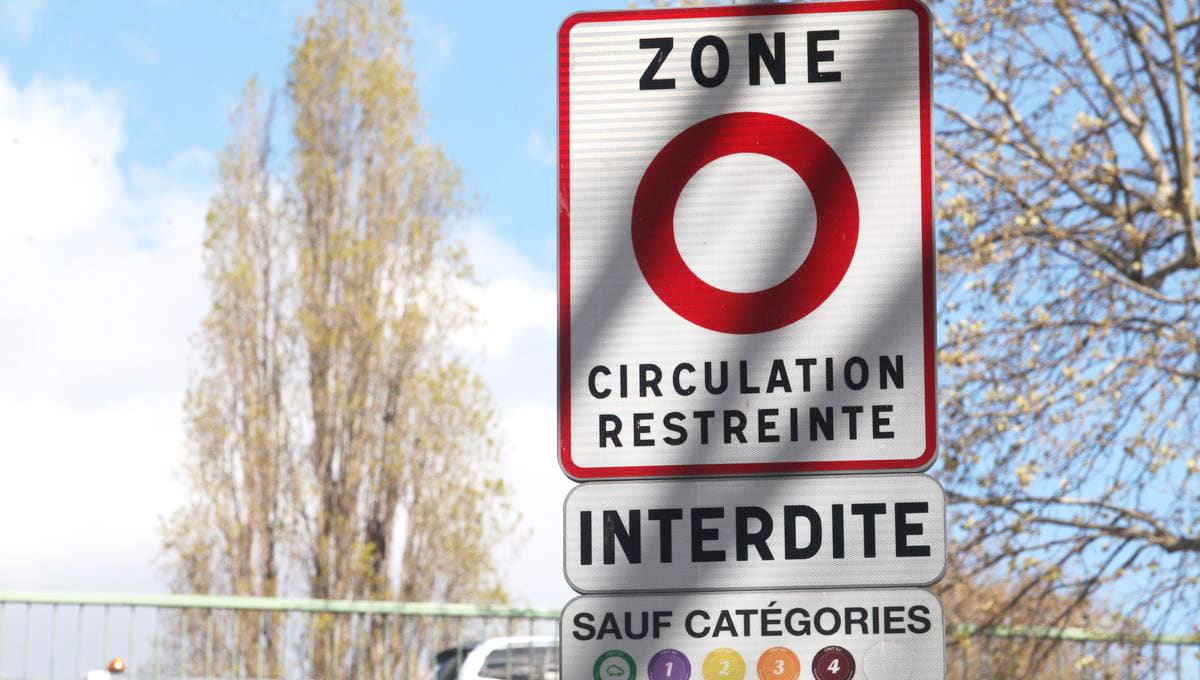ZFE: Which urban areas will be able to avoid it?

Agglomerations of more than 150,000 inhabitants will not be required to implement low-emission zones (LEZs), but with a condition.
LEZs will not be mandatory everywhere. Published on December 24, the decree specifies that agglomerations with over 150,000 inhabitants will not be forced to establish them. The nationwide implementation of these zones is scheduled by the law by December 31, 2024. This exemption will concern fewer than ten cities out of 43.
Exemptions When Pollution Is Low
The decree signed by Prime Minister Élisabeth Borne requires that the obligation to establish an LEZ be waived when it is demonstrated “that the average annual concentrations of nitrogen dioxide (NO2) are less than or equal to 10 μg/m3“.
These thresholds are set by the World Health Organization (WHO). Currently, “it’s difficult to determine which agglomerations will meet WHO standards.” “A few agglomerations, less than ten initially, are expected to benefit from this exemption,” the Ministry of Ecological Transition states. This still accounts for about a quarter of the roughly forty localities exceeding 150,000 residents.
LEZ Will Be Mandatory When Necessary
Agreements can also be waived for LEZs if they propose alternative measures of equivalent effect. Eighteen months before the deadline, they must demonstrate that the implemented actions allow achieving the NO2 concentration limits. Measures include reducing automobile traffic through the deployment of public transport, such as tramways, buses or RER, or switching to soft mobility options like cycling.
“Implementation of LEZs will only be mandatory when it is truly necessary,” adds the Ministry. “This exemption does not dilute anything in terms of public health. It does not lower the level of ambition regarding air pollution,” it states. Currently, 11 French agglomerations already have LEZs. These aim to progressively ban the most polluting vehicles from city centers within city centers. The first targeted cities include Lyon, Grenoble, and Paris.
Read also: Pollution: which means of transport is most exposed?
This page is translated from the original post "ZFE : quelles agglomérations pourront y échapper ?" in French.
We also suggestthese articles:
Also read





